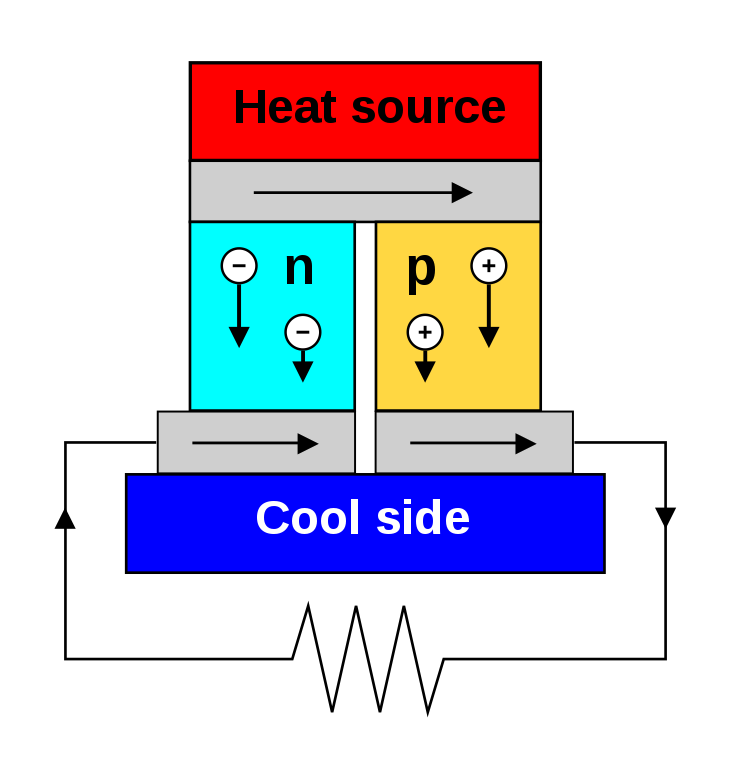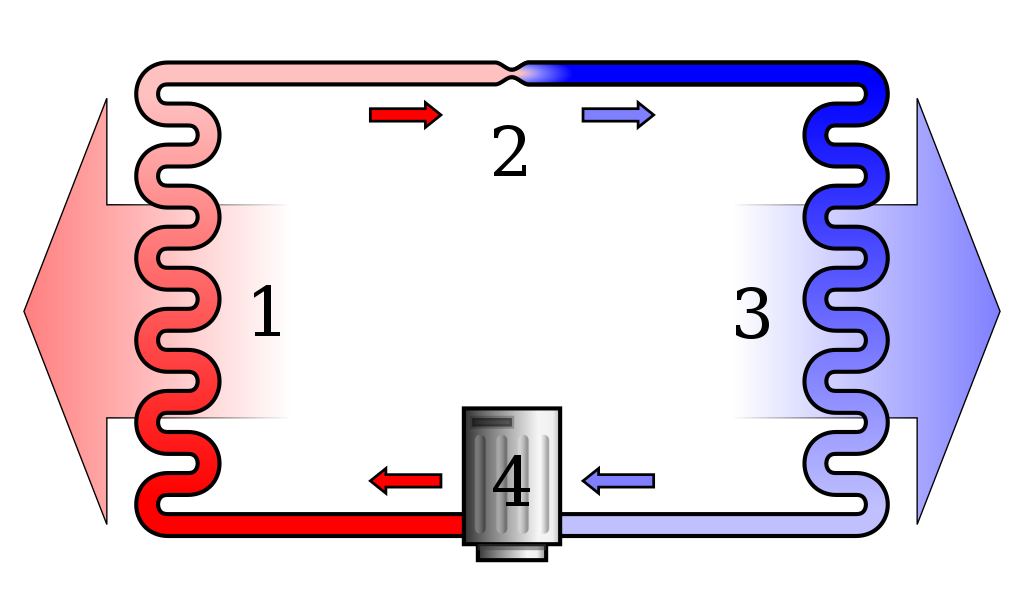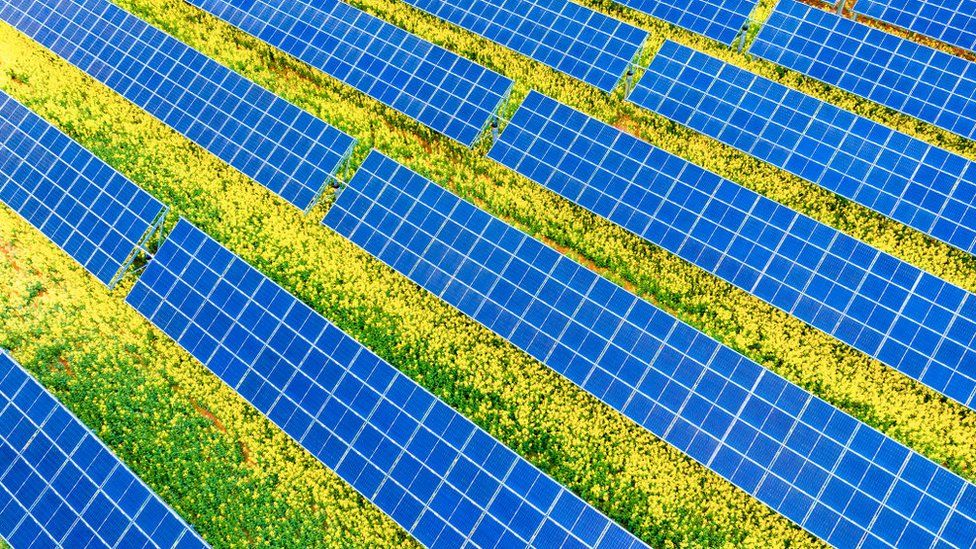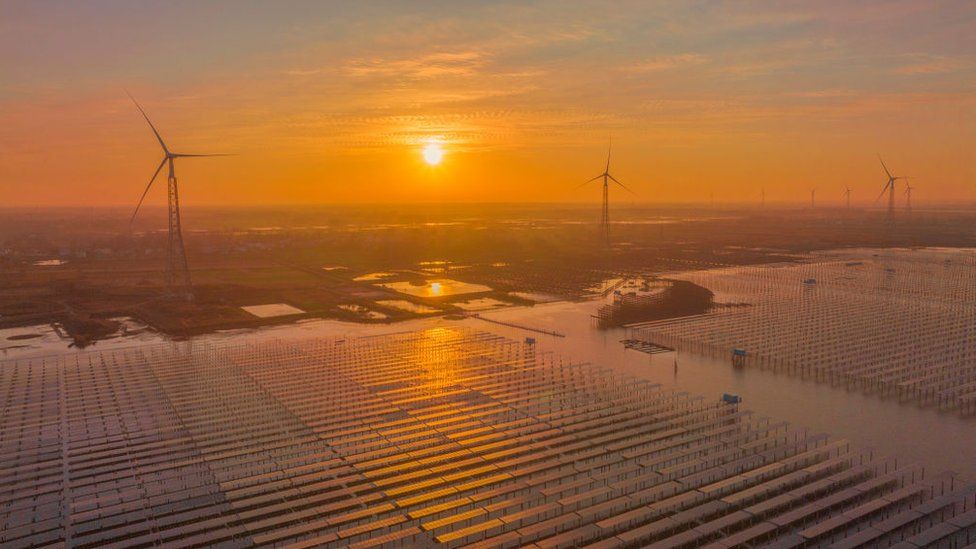Engineered solar panels harvest energy at night
Stanford University engineers have added thermoelectric generation to solar panels enabling them to harvest heat energy radiating to space

by Sarah Roach, 7/4/2022 in Protocol
Stanford engineers make solar panels work at night: Meet the thermoelectric generator, what could be solar panels’ newest friend.
The Stanford team used a device known as a thermoelectric generator. As the name hints, the device generates electricity from difference in temperature between the ambient air and solar cells. The device basically harvests energy that passes between solar panels back into space at night, a process known as radiative cooling. (That process isn’t limited to solar panels, either.)
It has a particularly strong effect on clear nights, which is when the researchers found they were able to generate the most power. The new system can offer a “continuous renewable power source” throughout both the day and nighttime and could cost less to maintain over the long run compared to battery storage, according to the new paper published in Applied Physics Letters.
Read the complete article….
Featured image: A thermoelectric circuit composed of materials of different Seebeck coefficient (p-doped and n-doped semiconductors), configured as a thermoelectric generator. / Ken Brazier – self-made, based on w:Image:ThermoelectricPowerGen.jpg by CM Cullen (which is GFDL 1.2 and CC-by 2.5 licensed) via Wikimedia




